The past year has been unlike any other, with millions of Canadians forced to work from home as a result of the COVID-19 pandemic. Under the Income Tax Act, most employees can only claim limited deductions. However, the federal government recognizes that some staff had to incur expenses so they were equipped to work at home.
For the 2020 tax year, many employees who previously couldn’t claim such costs against their employment income can now do so for certain expenses. Although this will provide some financial relief, it adds complexity to tax return preparation.
TWO WAYS TO CLAIM HOME OFFICE DEDUCTIONS
To minimize complexity, the Canada Revenue Agency (CRA) has a new, temporary, flat-rate method for claiming home office expenses in 2020. Under this simplified method, employees required to work from home during the pandemic last year can deduct up to $400 on their personal income tax return without having to qualify for the conventional home office deduction, now called the “detailed method.” The CRA also introduced several new forms and tools to make claiming home office expenses simpler, regardless of the method used.
As long as they have employment income, employees can deduct eligible home office expenses. They can also carry forward any unclaimed expenses, deducting them against income from the same employer in a future year.
Because the detailed method has no maximum claim, it’s preferable for those who meet the criteria and have home office expenses above $400. For employees who don’t fall into that category but who still worked at home in 2020, it’s worth considering a claim under the flat-rate method.
Here’s how the two methods work.
DETAILED METHOD
Employees with larger claims for home office expenses may choose this option if:
- They worked from home in 2020 during the pandemic, or their employer required them to do so;
- Their employer required them to pay for home office expenses;
- They worked from home more than 50 percent of the time for at least four consecutive weeks in 2020, or they only use their home office to earn employment income and regularly meet clients in person there;
- The expenses were directly related to their work; and
- They received a completed and signed Form T2200 (Declaration of Conditions of Employment) or the simpler Form T2200S (Declaration of Conditions of Employment for Working at Home due to COVID-19) from their employer.
The CRA has expanded its list of eligible expenses and introduced some measures to simplify reporting. Employees can now claim Internet access fees related to work use, as well as the utilities portion of strata fees. Remember that any deduction for allowable expenses is limited to employment use of your workspace. Under this method, employees must also retain documentation supporting their claim.
TEMPORARY FLAT-RATE METHOD
Eligible employees can claim $2 for each day they worked from home during 2020, up to a maximum of $400.
Using the flat-rate method, individuals may claim a deduction for home office expenses if they meet all of these criteria:
- They worked from home in 2020 because of the pandemic;
- They worked from home more than 50 percent of the time for at least four consecutive weeks in 2020; and
- The expenses were directly related to their work during that period and not reimbursed by their employer.
When making a claim under this method, keep in mind that:
- A work day at home can be full-time or part-time hours, but it doesn’t include vacation days, sick leave or other leaves of absence.
- There’s no need to keep receipts or other supporting documents, calculate the relative size of your home office, or get a completed T2200 or T2200S form signed by your employer.
- You can only use this method for the 2020 tax year.
- You can claim other employment expenses (on line 22900 of the 2020 Income Tax and Benefit Return).
- Multiple people working from the same home can each make this claim.
SIMPLIFYING MEASURES
The CRA has introduced an online calculator, along with simplified forms (Form T2200S and Form T777S), to streamline the process for employees claiming home office expenses.
Form T2200S is a shorter version of Form T2200 that the employer signs to certify that someone worked from home in 2020 due to COVID-19 and had to cover their own office expenses. Besides asking fewer questions, this simplified form doesn’t require the employer to calculate the percentage of total hours the employee worked from home.
When using the detailed method, remember that a completed Form T2200 or T2200S must be signed by the employer and kept by the employee. The CRA will permit an electronic signature on these forms for 2020 to accommodate social distancing.
KEY TAKEAWAY
Thanks to the temporary flat-rate method and simplifying measures, claiming home office expenses for 2020 will be easier for both employees and employers. Understanding eligibility for the two methods will help you make the most of these deductions.
Posted in COVID-19


